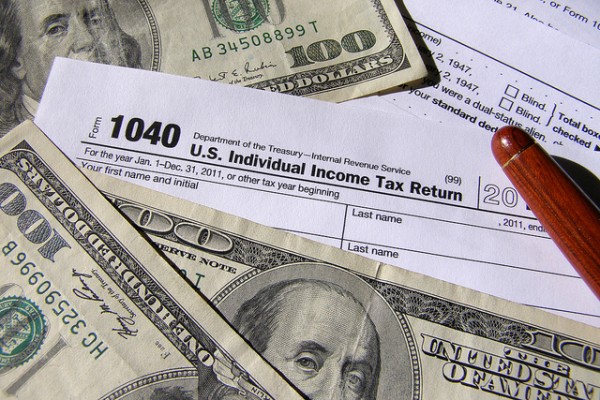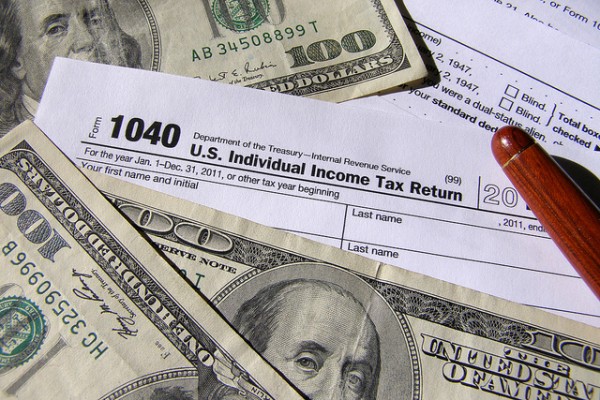How much income do America’s households take in? How much do they have left after taxes? Do federal taxes leave the nation less or more unequal?
Questions don’t get much more basic than these. Or more complicated. How, for instance, do we define income? Anything anybody collects from a paycheck, of course, should count.
But what about the money an employer shells out to cover an employee’s health insurance premiums? Or safety net benefits like unemployment insurance? Should these dollars count?
Conservatives regularly claim that we need a much more expansive definition of income than we can get from looking at people’s tax returns.

StockMonkeys.com/Flickr
Statistics based on tax returns, they argue, overstate the income share of America’s rich because they don’t take into account the value of the government benefits — like food stamps — that the poor collect.
Conservatives who consider America’s affluent the victims of an oppressive, tax-hungry federal government have already begun scouring a new study from the non-partisan Congressional Budget Office for ammunition. They’ve found some.
In 2011, the new CBO numbers show, America’s top 1 percent took in 14.6 percent of all income and paid 24 percent of all federal taxes. So should we all now feel sorry for America’s most affluent?
Hardly. The new CBO study, taken as a whole, actually reinforces what most Americans already suspect: In modern times, things have never been better for America’s wealthiest. They sit comfortably atop a staggeringly unequal nation.
And that inequality stands out starkly even when researchers define income in a way that tends to deflate the share of the rich and inflate the share of everyone else.
The Congressional Budget Office study counts nearly every possible benefit that low- and middle-income Americans receive from government or their employers as part of their income. The report, its authors acknowledge, “strives to measure income as broadly as possible and thus includes in income some items that people may not usually consider to be part of income.”
Items like employer-paid health insurance premiums. In this new CBO study, these premiums count as income for the working families that receive them. So do their employers’ shares of payroll taxes for Social Security, Medicare, and federal unemployment insurance — as well as the value of benefits lower-income households receive from social safety net programs ranging from food stamps to free school lunches.
Meanwhile, the CBO counts the dollars corporations pay in taxes on their profits as a tax on rich people, since rich people own the bulk of corporate assets. In the CBO breakdown, 75 percent of the taxes corporations pay gets counted as taxes paid by America’s most affluent.
The sum total of all these definitional choices? Lower-income people end up looking richer than they do on their income tax returns, and higher-income people end up looking poorer.
But the CBO report goes on to show that inequality in America, even after all these statistical contortions, just keeps getting worse. How much worse?
Between 1979 and 2011, the study shows, the after-tax income of America’s top 1 percent tripled after inflation — rising 200 percent to an average $1,453,100.
This huge boost for the nation’s top 1 percent ran over four times the income increase that America’s poorest fifth of households realized, and five times greater than gains for middle-income Americans.
However we define income, in other words, the richest Americans are getting much more than their fair share.
